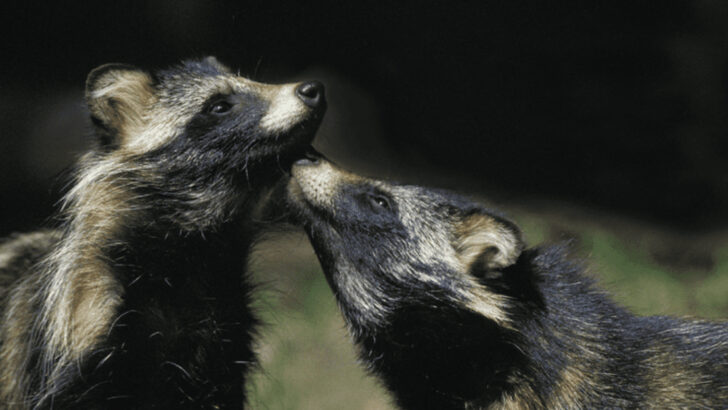It looks like a raccoon, acts like a fox, and technically, it’s a dog. What is going on here?
Meet the raccoon dog—a creature so bizarre, it feels like nature mashed up a few animals just to see what would happen.
Fluffy body. Masked face. Yipping bark. And a talent for playing dead that could win it an Oscar.
This isn’t your backyard bandit or your average pup.
It’s a wild, elusive oddball from Asia that can climb trees, hibernate like a bear, and disappear into forests like a ghost.
The raccoon dog defies categories and laughs at logic.
It’s cute, mysterious, and just weird enough to make you do a double take.
Ready to get your mind mildly blown?
Here are 15 reasons this animal might just be the strangest canine on Earth.
Unique Appearance
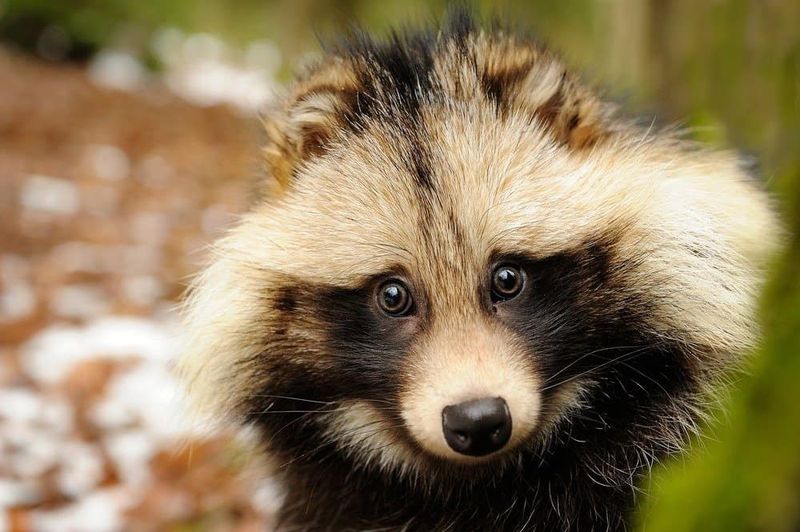
The raccoon dog looks unlike any other canine. Its facial markings resemble a raccoon, with a masked face that gives it an enigmatic allure. Paired with its fluffy coat and bushy tail, it’s an intriguing sight.
This animal appears almost like a blend between a raccoon and a fox, adding to its mystique. The thick fur not only makes it look charming but is also ideal for harsh climates.
Its captivating appearance has made it a subject of fascination in various cultures, symbolizing things like luck and cunning in Japanese folklore.
Omnivorous Diet
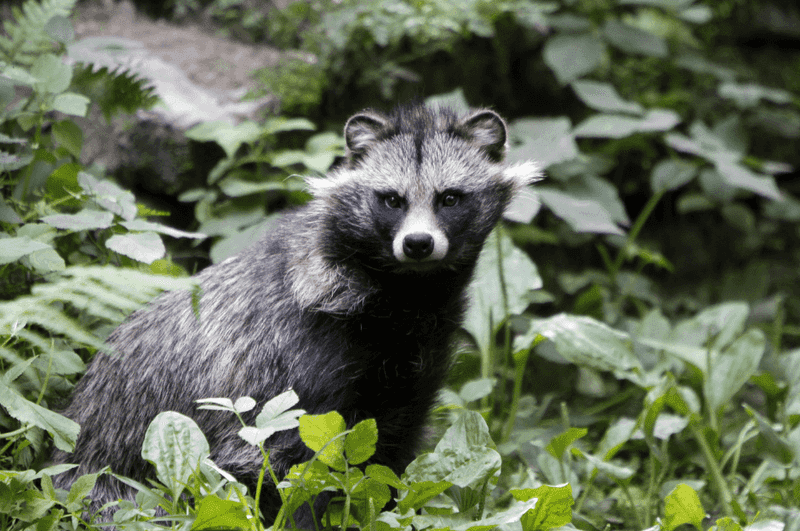
Raccoon dogs are not picky eaters. They have an omnivorous diet that allows them to feast on a wide variety of foods. From fruits, berries, and insects to small mammals, these animals are adept at adapting their diet to what’s available.
This versatility is part of what makes them so successful in diverse habitats. The way they forage for food is quite methodical, rummaging through forest floors and even urban areas.
Their diet also plays a role in seed dispersal, making them important for the ecosystem they inhabit.
Hibernation-like Behavior
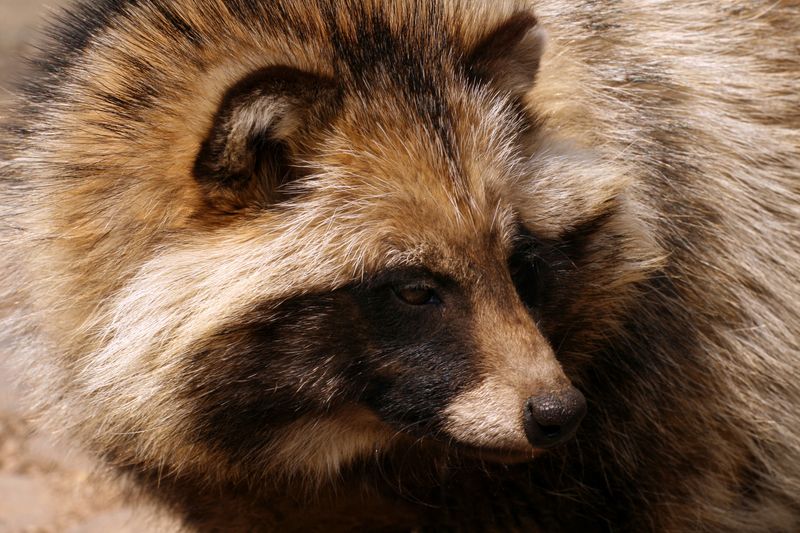
Unlike most canines, raccoon dogs exhibit hibernation-like behavior during cold months. While they don’t truly hibernate, they become dormant, reducing their activity significantly.
This behavior is a remarkable adaptation to survive harsh winters. They build up fat reserves in autumn and retreat to their dens, conserving energy until spring.
Their ability to enter this state of torpor is quite fascinating and underscores their resilience in the face of environmental challenges.
Silent Communicators

Raccoon dogs are not known for vocal communication. Instead, they rely on subtle body language and scent marking to communicate.
This quiet method of interaction is intriguing. It involves a complex array of movements and signals that convey everything from territory boundaries to mating readiness.
Their silent communication techniques are a testament to their adaptability and intelligence, allowing them to navigate their social world without drawing unnecessary attention.
Adaptable Habitat
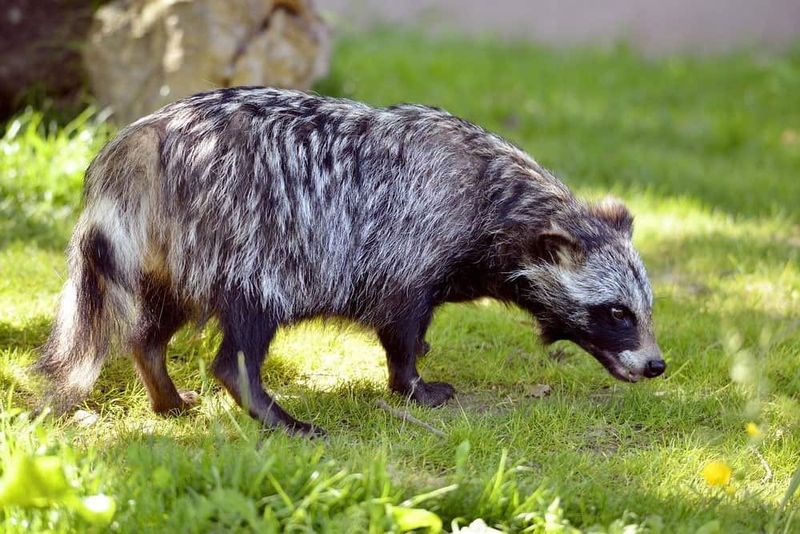
Raccoon dogs are incredibly adaptable creatures. They are found in diverse habitats, from dense forests to bustling urban environments.
This adaptability is key to their survival, allowing them to thrive in various conditions. They can make a home in natural dens or even under human structures.
Their ability to adapt to changing environments is a testament to their resilience and resourcefulness, making them a fascinating subject for wildlife enthusiasts.
Mysterious Origins
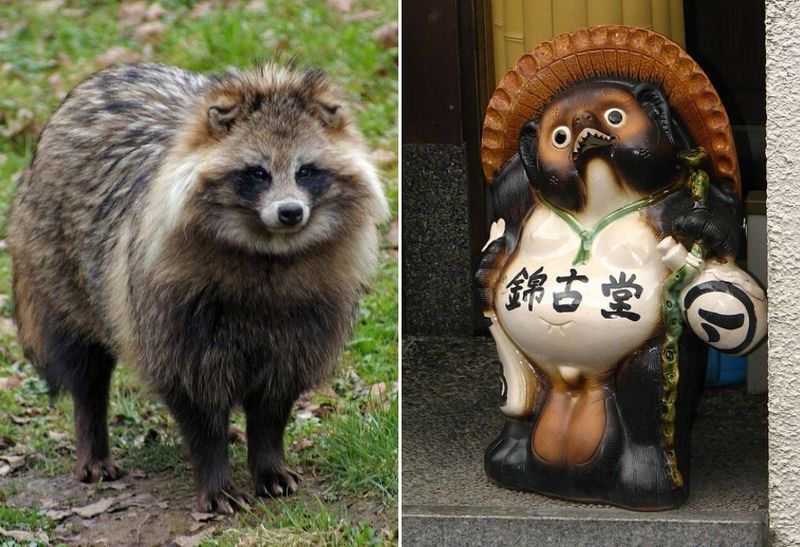
The origins of the raccoon dog are steeped in mystery and cultural lore. In Japanese folklore, they are known as tanuki, creatures of mischief and magic.
These tales depict them as shapeshifters, able to transform into various objects or beings. This cultural backdrop adds an aura of mystique to their already unusual nature.
Understanding the folklore surrounding raccoon dogs provides a glimpse into how they have been perceived by humans throughout history, adding layers to their enigmatic persona.
Social Structure
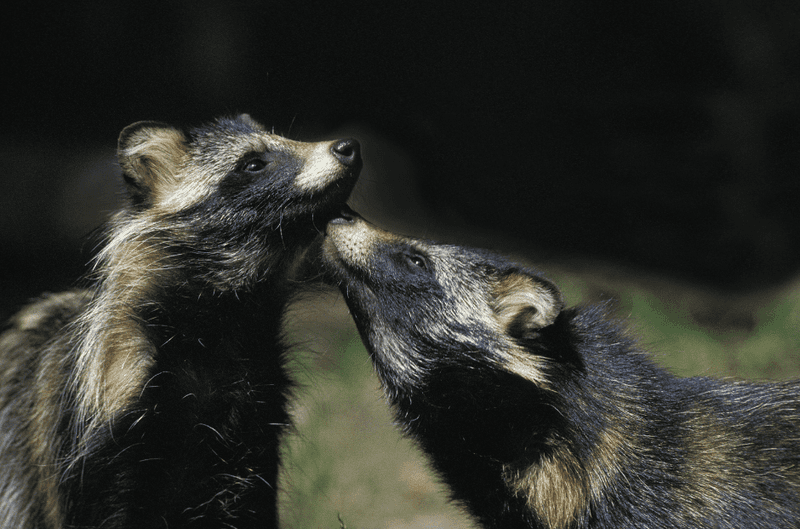
Raccoon dogs are unique among canines due to their monogamous pair bonds. They often mate for life, forming strong, long-lasting partnerships.
This social structure is quite rare in the animal kingdom, making them stand out. These pair bonds are crucial for raising their young, ensuring survival.
Observing their interactions can be quite heartwarming, revealing a gentle, cooperative side to these otherwise elusive creatures.
Varied Vocalizations

While generally quiet, raccoon dogs have a surprising array of vocalizations. From growls and whines to barks, they express themselves in unexpected ways.
These sounds play a role in communication, whether warning others of danger or attracting a mate. Their vocal range adds another layer to their complex social interactions.
This vocal repertoire, though not frequently used, showcases their capability to convey emotions and intentions through sound.
Nocturnal Nature
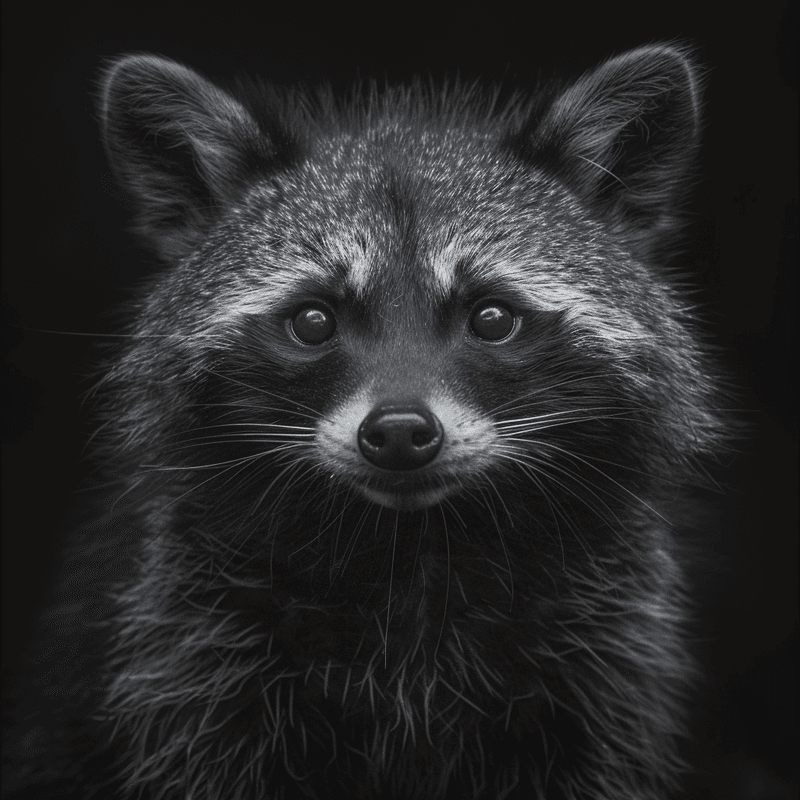
Raccoon dogs are primarily nocturnal, choosing the cover of night to conduct their activities. This lifestyle reduces competition with diurnal creatures.
Nighttime provides them with a cloak of invisibility, aiding in foraging and avoiding predators. Their keen senses are adapted to low light, making them efficient night hunters.
The mysterious allure of the night adds to their enigmatic personality, making them seem like shadowy figures in the moonlit woods.
Thick Insulating Fur
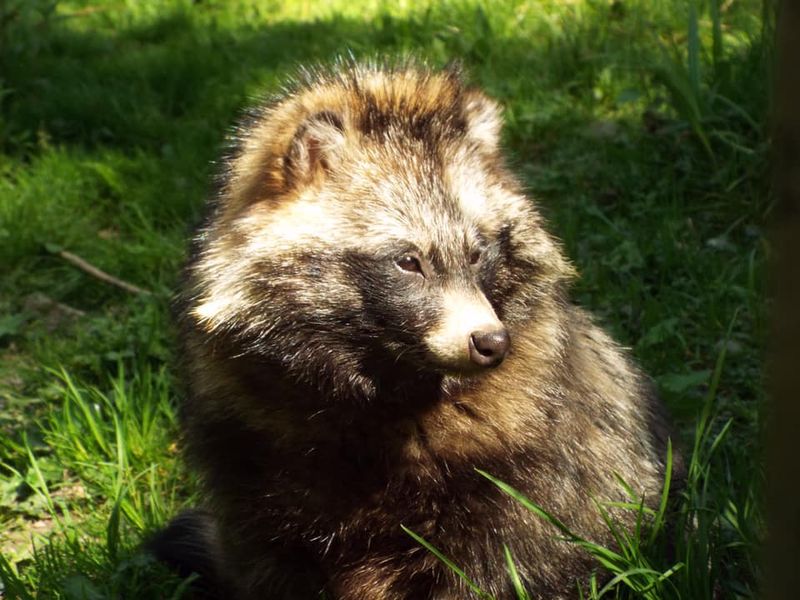
The fur of the raccoon dog is one of its most distinctive features. Thick and insulating, it provides protection against the cold.
This luxurious coat is not only beautiful but also functional, allowing them to survive in colder climates. It acts like a natural blanket, keeping them warm and comfortable.
This adaptation is crucial for their survival during harsh winters, showcasing their incredible ability to thrive in adverse conditions.
Curious Nature
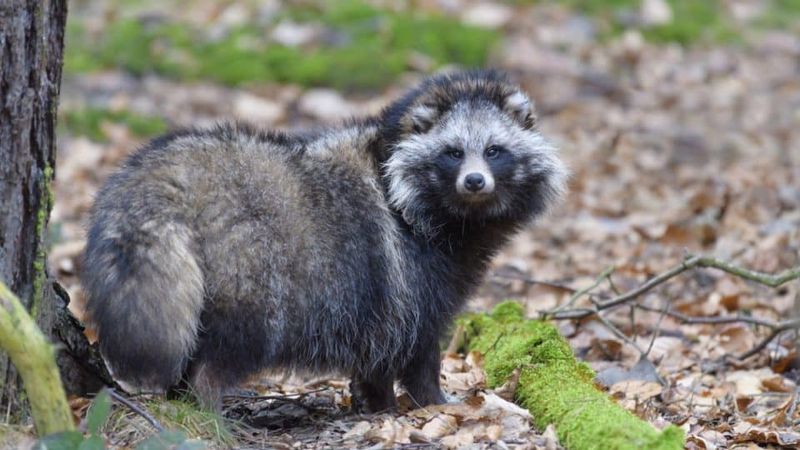
Raccoon dogs are naturally curious creatures, often exploring their surroundings with a playful and inquisitive demeanor.
This curiosity is vital for learning about their environment, helping them find food and potential threats. Their investigative nature is endearing, capturing the hearts of many observers.
This trait, combined with their adaptability, makes them a resilient species, always eager to discover more about the world around them.
Cultural Significance
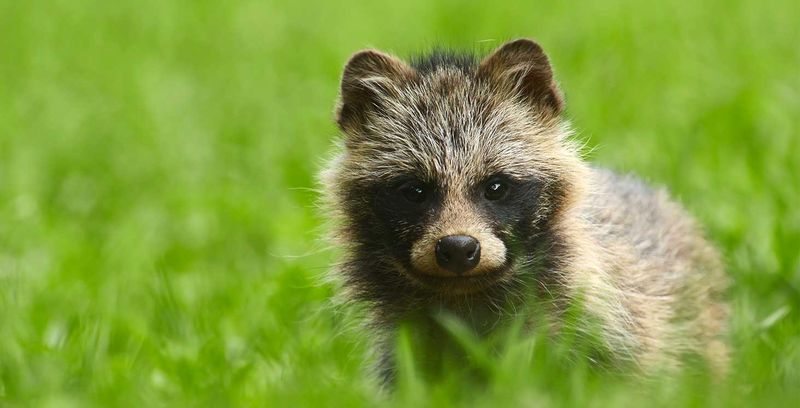
In Japan, the raccoon dog holds a special place in cultural lore. Known as tanuki, they are symbols of prosperity and good fortune.
These creatures are often depicted in art and statues, capturing their whimsical and mischievous nature. Their cultural significance adds a rich layer to their identity.
Understanding their role in culture provides insight into the deep bond between humans and these fascinating animals, showing how nature and tradition intertwine.
Elusive Travelers

Raccoon dogs are known for their ability to travel vast distances. This mobility allows them to explore varied environments and find new territories.
Their wanderlust is fueled by a need to find food, mates, and safe habitats. This wandering spirit makes them elusive, often seen only by those who know where to look.
Their travels paint a picture of resilience and adaptability, showcasing their impressive capacity to survive in diverse conditions.
Unique Reproduction
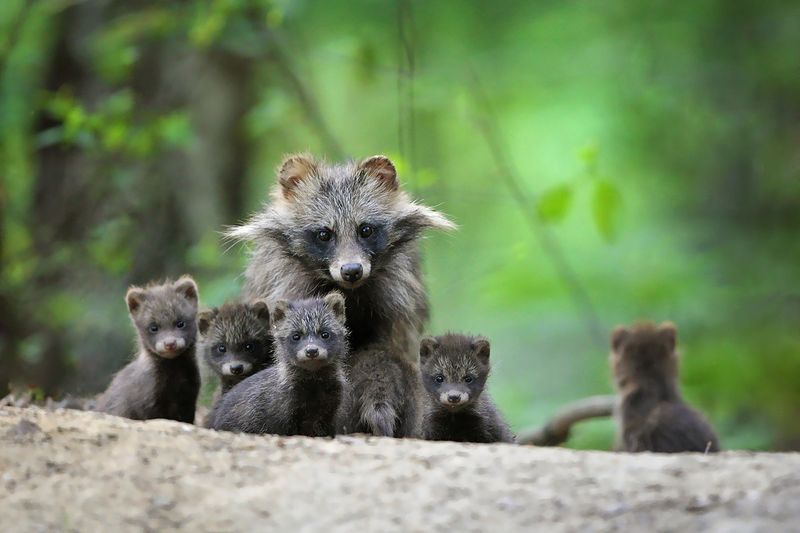
Raccoon dogs have a unique reproductive strategy among canines. They are known for their cooperative care, with both parents involved in raising the young.
This joint effort ensures higher survival rates for their offspring. The nurturing nature of raccoon dog parents is a charming aspect of their character.
Their family-oriented behavior highlights their commitment to the next generation, a trait that is both admirable and pivotal for the continuity of their species.
Survival Strategies

Survival is an art form for the raccoon dog. They employ various strategies to navigate their challenging environments.
From perfecting the art of camouflage to using deceptive tactics, they have honed skills that keep them safe. Their ability to adapt and thrive is a testament to their intelligence.
These survival techniques ensure they remain one of the most enigmatic and enduring members of the animal kingdom.

